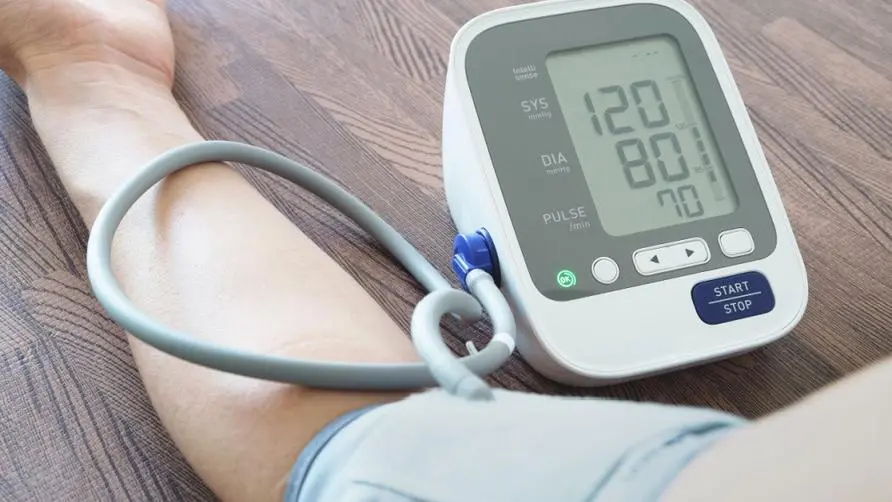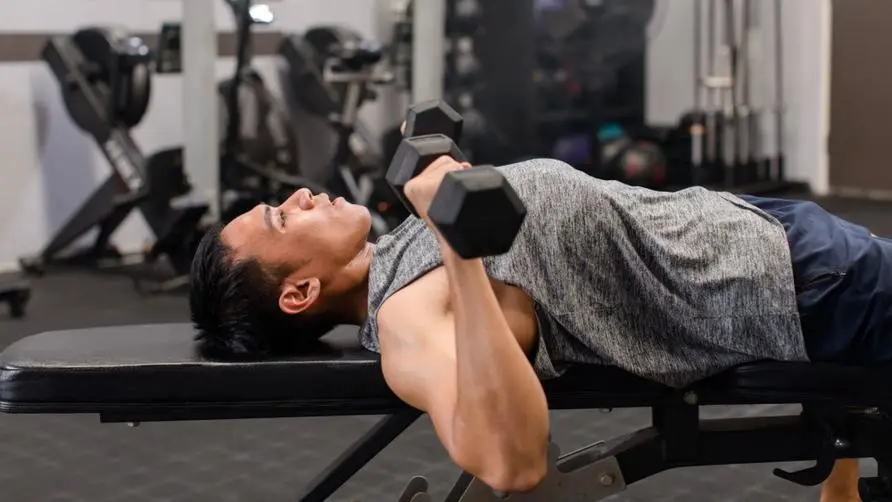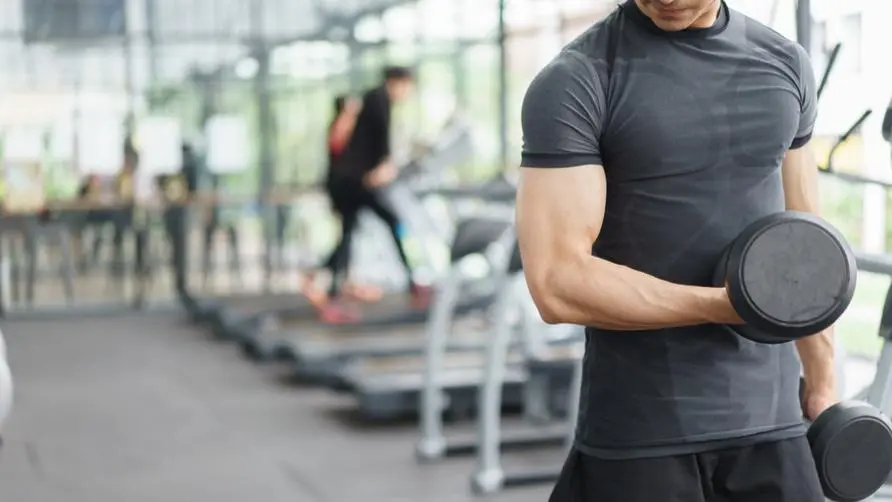If you feel dizzy during weight training, should you stop immediately? Experts warn: If you hold on too hard, the capillaries in your brain may rupture!

If you feel dizzy during weight training, should you stop immediately? Experts warn: If you hold on too hard, the capillaries in your brain may rupture
Why do I feel dizzy (or have a nosebleed, or feel like my head is going to explode) when I lift heavy weights? Audiences at the 2012 Arnold Cup witnessed a miraculous and shocking scene when then bodybuilding champion Brian Shaw successfully deadlifted a terrifying 1,073 pounds (approximately 487 kilograms). Blood started flowing from Shaw’s nose as he pulled the barbell with eight large tires off the ground. Others experience dizziness, ruptured capillaries on their face, or even faint when lifting heavy weights, all for the same reason: soaring blood pressure. As long as you close the glottis, for example when performing a Vasana, your blood pressure will soar. With the closed glottis and the contraction of the muscles of the lower limbs, the pressure in the body will force the blood to the direction of the head.
Fighter pilots use this phenomenon vividly: they tighten their calves and thighs, and then close their glottis to resist the G forces generated during sharp turns. If they don’t, strong G-forces can force blood through the brain and optic nerves, causing blindness or even fainting.
Jay. Consaway is a U.S. Navy fighter pilot and an actor in the documentary “Speed and Angels.” He once said: “You must learn to say the word hick, because when you say this word, you close your glottis.” For fighter pilots, this pressure can save lives; for trainers, this pressure Stress can add up to a scary result at the end of a great lift.
What is the difference between intrathoracic pressure and intra-abdominal pressure? Where does the air that is breathed into the lungs go?
Intrathoracic pressure refers to the pressure inside the chest cavity, which is the space above the diaphragm; intra-abdominal pressure refers to the pressure in the abdominal cavity, which is the space below the diaphragm. Both types of pressure help support the spine, with intrathoracic pressure supporting the upper back and intra-abdominal pressure supporting the lumbar spine and lower back.
A very common myth is that inhaled air first fills the bottom of the lungs and then moves upward. But your lungs are actually a pressure system, and gases move from high pressure to low pressure. In other words, when you breathe, the gas will move in all directions; but if there are some restriction mechanisms in the body, such as tightening the trunk or diaphragm, the gas will not move everywhere. If the air encounters resistance when entering the part of the lungs where there are more alveoli, it will stop in place or move to the top of the lungs, where the density of the alveoli is lower.
Is weight training linked to urinary leakage and prolapse? Experts urge “don’t let urine leakage become an indicator of strength”
Is there a relationship between weight training and urinary leakage and prolapse? CrossFit (cross fitness) has always been criticized, but when a video titled “Do You Pee During Workouts” came out in 2013, the entire sports industry was criticized. A big impact. In this video, Rory McKernan asks a lot of female athletes this question, and the answer for many is “yes.” As you can imagine, many physical therapists and so-called sports experts immediately launched a ruthless bombardment.
Tracy Sher, a master of physical therapy and strength and conditioning coach, once said, “Everyone has to face this problem.” She later emphasized on her website, Pelvic Guru: “Don’t let urine leakage (and pelvic organ detachment) (increased risk of sagging) becomes a strength indicator!” So why do urine leaks and even organ prolapse occur during strength training? The answer is that the pressure inside the abdominal cavity is too great and exceeds the load range of the pelvic floor muscles. And if you discover that your weakest point is your pelvic floor muscles because of urinary leakage or prolapse, or if your pelvic floor muscles don’t work hard at all during training, it means you haven’t really learned to use your core.
As for the solution, just remember that a solid core will always start at the bottom. Fitness internet creator Elliott Hulse coined the phrase “breathe into the balls” in a YouTube video on March 22, 2013, which aroused many people’s attention to the pelvic floor muscles. You must do your best to avoid stressing the pelvic floor muscles in your daily life. A flexible and strong pelvic floor (the 20 or so muscles that press against the saddle when riding a bicycle) is critical to lower back and pelvic health.
Further reading:





